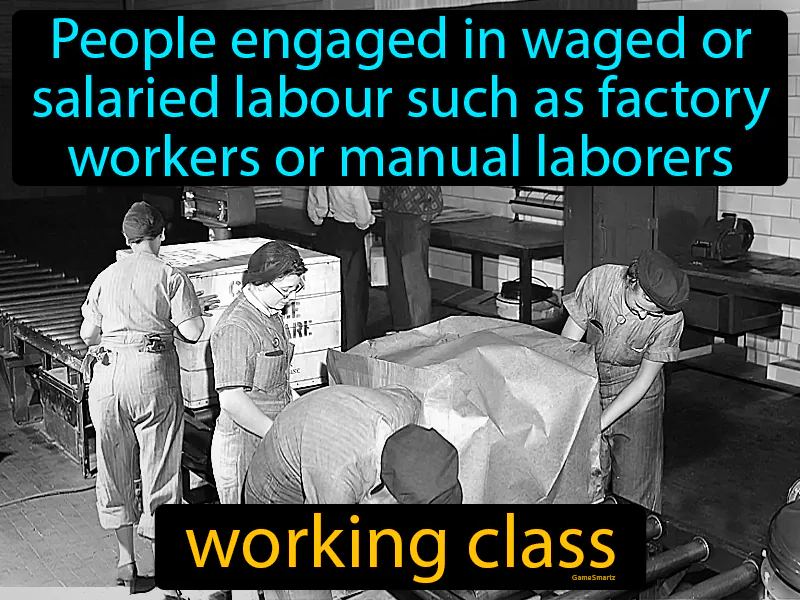Working Class
Working Class: Easy to understand
During the Industrial Revolution, the working class became crucial as many people moved to cities to work in factories, often under harsh conditions. This shift led to demands for better wages, safer working environments, and shorter work hours, fueling labor movements and social reforms. The idea of the working class was important because it highlighted inequalities and inspired changes like trade unions and workers' rights legislation. Today, the working class still matters as people continue to fight for fair wages and working conditions, particularly in jobs like retail and food service. For example, a fast-food worker advocating for a living wage represents a modern connection to historical labor struggles, impacting their ability to support their family and contribute to the economy.

Practice Version

Working Class: People engaged in waged or salaried labour such as factory workers or manual laborers. working class. The working class is a group of people in society who perform jobs in exchange for wages, historically seen during the Industrial Revolution when factories needed many workers.